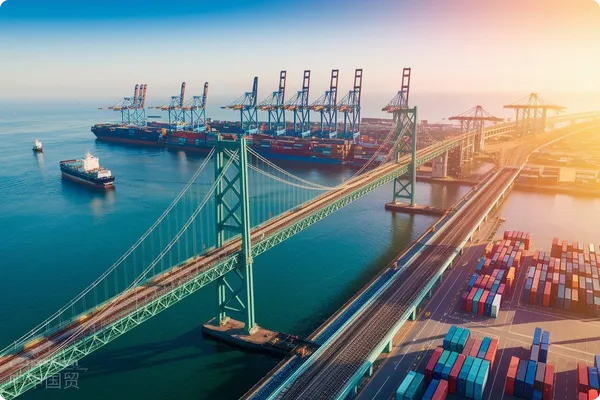- Shanghai Zhongshen International Trade Co., Ltd. - Two decades of trade agency expertise.
- Service Hotline: 139 1787 2118

2025 radarEquipment ImportsNew market trends
According to the latest data from Global Trade Atlas, global radar equipment import volume is expected to exceed $8.7 billion in 2025, with Chinas market share increasing to 23%. Driven by technological iterations in weather monitoring, autonomous driving, and security systems,Millimeter wave radar imports increased by 37% year-on-year, becoming a high-frequency commodity category under key customs supervision.
Typical import process framework
- Pre - preparation Stage
- Confirm HS code: 8526109000 (main code for radar equipment)
- Apply for Radio Transmission Equipment Type Approval Certificate
- Prepare Electromagnetic Compatibility Test Report (EMC)
- Customs Clearance Implementation Stage
- Declaration elements must include operating frequency, transmission power and other parameters
- Cooperate with customs for radiation safety testing
- Special areas require Radar Operation License
- Follow-up management phase
- Establish equipment operation records
- Regularly report frequency usage
- Maintain imported equipment technical files (retention period ≥5 years)
Key Points of Compliance Risk Prevention and Control
Under the framework of General Administration of Customs Announcement No. 44 of 2025, special attention should be paid to radar equipment imports:
- Parameter declaration deviation tolerance ≤3%(Measured power vs declared value)
- Operating frequency range must be fully within the licensed range of the approval certificate
- Explosion-proof certification requirements (for radar equipment used in mining areas)
- Required for importing used equipmentRemaining service life assessment report
Customs clearance cost optimization strategy
- Tariff Cost Control
- Utilizing RCEP agreement tariff rates (base rate 8%→preferential rate 5%)
- Selective declaration of components applying provisional tariff rates
- Logistics efficiency improvement
- Pre-classification service reduces customs clearance time by 40%
- Matching dedicated inspection channels to reduce port detention
Agency service provider selection criteria
High - qualityforeign tradeThe agency company should possess:
- Radio equipment import case database (successful cases ≥50)
- Localized service network covering major ports
- Emergency risk response mechanism (e.g. parameter dispute resolution)
- Value-added service capabilities (technical document translation, compliance training, etc.)
In March 2025, an autonomous driving enterprise imported 77GHz millimeter wave radar. Due to the agency companys misjudgment of customs classification standards, the goods were detained at the port, incurring additional costs. Later, with the intervention of a professional agency company throughSupplementary parameter declaration and technical explanation, zero-penalty clearance was ultimately achieved, saving costs of 280,000 yuan.
Special scenario response plan
- Bonded R&D mode: Applicable to prototype imports for testing
- Temporary admission: New regulations on exhibition equipment exempt from deposit
- Lease Trade: Customs supervision period extended to 36 months
Related Recommendations
? 2025. All Rights Reserved. Shanghai ICP No. 2023007705-2  PSB Record: Shanghai No.31011502009912
PSB Record: Shanghai No.31011502009912










